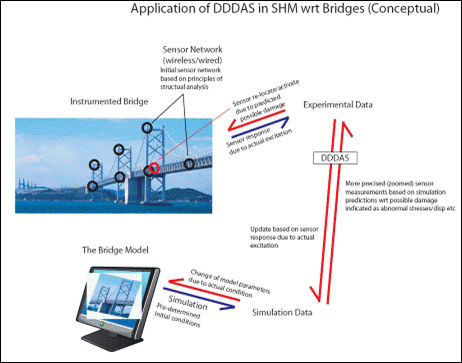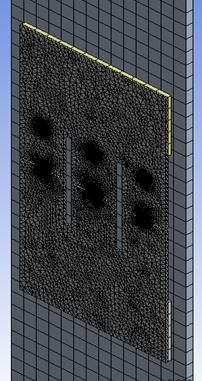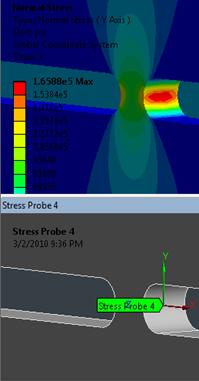
|
Priyantha Wijesinghe, Ph.D. |
|
CEMS College of engineering and mathematical sciences
|
|
Research Interests |
|
I have always been concerned with the fact that as structural engineers, we have not completely understood the behavior of materials that we use to build our structures and the mechanisms of failures of these structures due to natural and manmade hazards. I believe we have an enormous responsibility in our hands to protect the structures and occupants. My question is as structural engineers, have we contributed enough to mankind with our expertise to prevent or mitigate such structural failures? These are burning issues that I would like to address in a global perspective through my research. Despite recent advancements in structural engineering, SHM, damage detection, and changes to the current building codes to accommodate safer designs, we still need more innovative approaches and solutions in terms of structural safety. In that sense, we can get inspirations from recent advancements in other fields, i.e. medical field, aerospace, and mechanical engineering. Thus multidisciplinary and interdisciplinary research plays a vital role in structural engineering. In my PhD research, I addressed one aspect of the above; fatigue damage. Through research funded by the Oklahoma Transportation Center (OTC) our group developed prototype fatigue sensors capable of detecting fatigue damage in steel highway bridges. Following are some of my research areas and topics. Some of these topics are currently being investigated as non-funded independent research and some are identified as possible collaborative interdisciplinary research which will be implemented in the near future.
(a) Structural Health Monitoring Application of Dynamic Data Driven Concept to Solve Nonlinear Problems in Civil Engineering Dynamic Data Driven Application Systems (DDDAS) is a novel concept in simulation based engineering applications. This concept was originally brought forward by F. Darema in 1994 and was broadly investigated by a NSF Blue Ribbon Panel on Simulation Based Engineering Science. The concept of DDDAS helps the civil engineer to integrate simulation data with experimental data enabling acquisition of the most important data from the experiment. In brief, it controls the experiment so as to grasp the most relevant information from the sensors and updates the model accordingly. This enables better predictions for potential structural damage and critical conditions.
(b) Fatigue Detection and Monitoring Fatigue Behavior in Reinforced Concrete Beams/Bridge Girders Fatigue is not a popular topic in concrete, yet it is one of the important aspects to be considered with regard to the safety of aging infrastructure. Fatigue behavior in reinforced concrete is highly complex in nature and is not well understood. Thus, it is important to study the factors that positively contribute to the fatigue damage in reinforced concrete bridges since they are highly susceptible to fatigue damage due to cyclic loading. This research will investigate the fatigue behavior and initiation of fatigue cracks in reinforced concrete beams/girders first through numerical modeling and simulation and then by laboratory experiments. Based on these results, it will further investigate the feasibility of monitoring fatigue damage in concrete beams/bridge girders using in-situ fatigue sensors which were developed to detect fatigue in steel bridges.
(c) Smart structures and control systems Smart structures and structural control play an important role in the safety of civil structures from natural and man-made hazards. A smart structural system that contains sensing, control and actuation can be identified as an attempt to represent a biological body. In this attempt a multidisciplinary research approach which involves several engineering streams as well as pure sciences are integrated in to one system. The way I envision smart structures is twofold; (i) structures which utilize smart materials, as sensors, actuators, and control systems (as mentioned above), and (ii) smart structural systems which are adaptable during an extreme event, be it natural or man-made. The second approach is unique and represents a combined approach of architectural and structural engineering expertise. I wish to integrate my fields of expertise and create unique solutions to address critical issues related to structural safety through the second approach.
Preservation of Historic Structures Using Base Isolation Method This research is intended to identify and analyze different seismic base isolation systems and propose a system which can be effectively implemented in historic structures. Numerical modeling and laboratory experiments with scaled models using dynamic tests will be carried out to check the effectiveness of the proposed solution.
|
|
The University of Vermont |
|
Copyright © 2011 Priyantha Wijesinghe. All rights reserved. |









